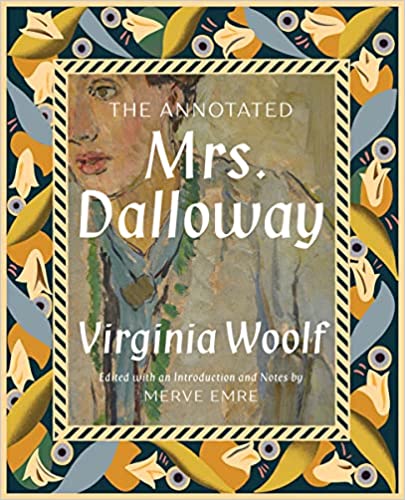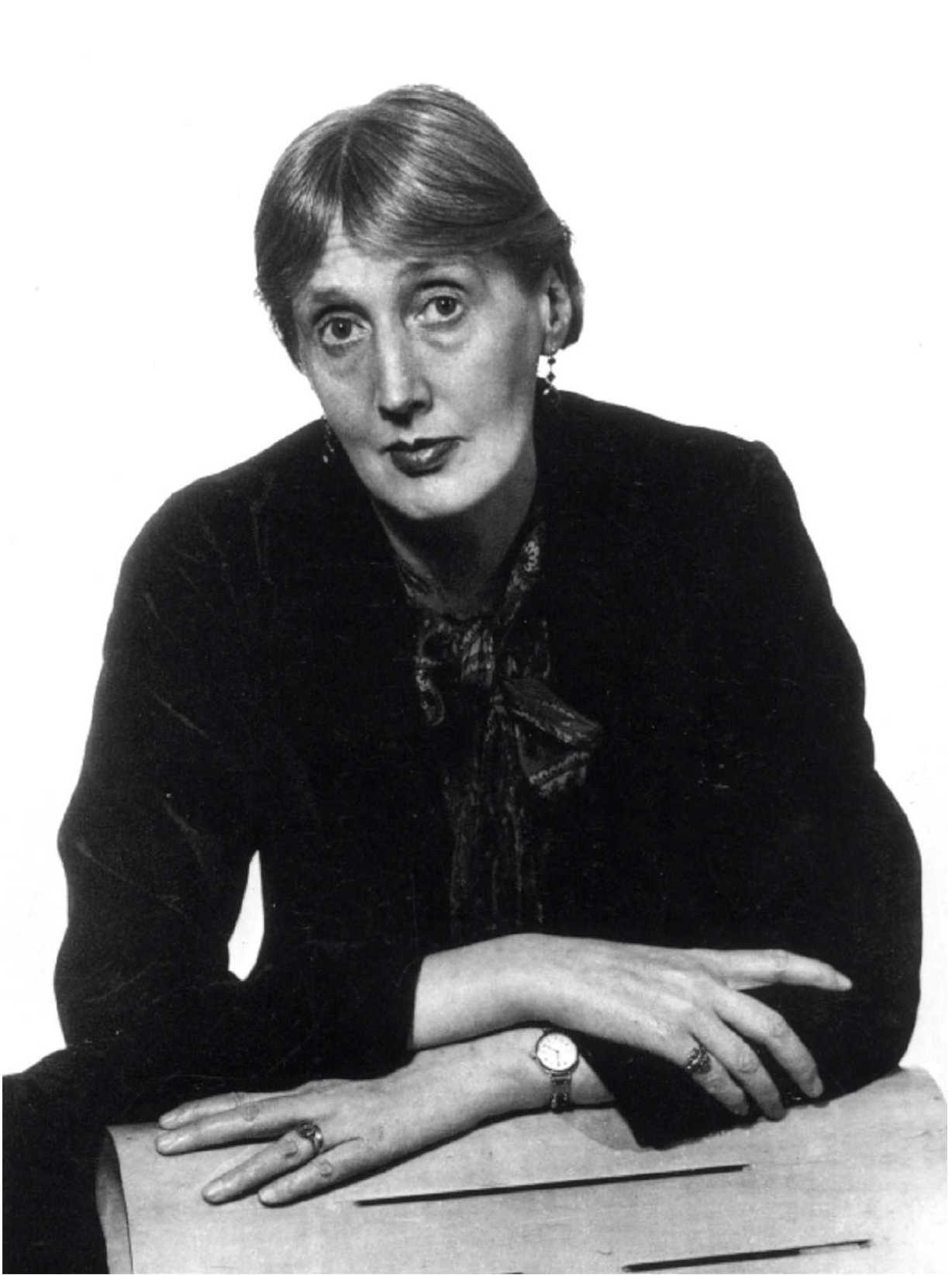 THE ANNOTATED MRS. DALLOWAY
THE ANNOTATED MRS. DALLOWAY
by Virginia Woolf
Edited by Merve Emre
Liveright. 242 pages. $35.
 THE ANNOTATED MRS. DALLOWAY
THE ANNOTATED MRS. DALLOWAY
by Virginia Woolf
Edited by Merve Emre
Liveright. 242 pages. $35.

While Woolf’s fiction is often thought of as mostly about exploring the depths and complexities of her characters’ streams of consciousness, this edition reveals the extent to which Mrs. Dalloway is a political and social novel about England’s class system and its failure to confront the consequences of the Great War. Mrs. Dalloway is very much a post-war novel, and one of the first to deal with PTSD. At the center of the novel is the suicide of Septimus Smith, which represents the failure of English society to understand the cultural and personal meanings of the War. “The War was over,” Clarissa muses, “except for someone like Mrs. Foxcroft at the Embassy last night eating her heart out because that nice boy was killed and now the old Manor House must go to a cousin; or Lady Bexborough who opened a bazaar, they said, with the telegram in her hand, John, her favourite, killed; but it was over; thank Heaven, over.”
Mrs. Dalloway is a novel about a woman giving a party. In that spirit, The Annotated Mrs. Dalloway is not a book to be read and then hidden away on a shelf in your study. It belongs on your coffee table so that your friends and even casual acquaintances can enjoy the visuals while you’re in the kitchen making the coffee.
Nils Clausson is emeritus professor of English at the University of Regina (Canada).